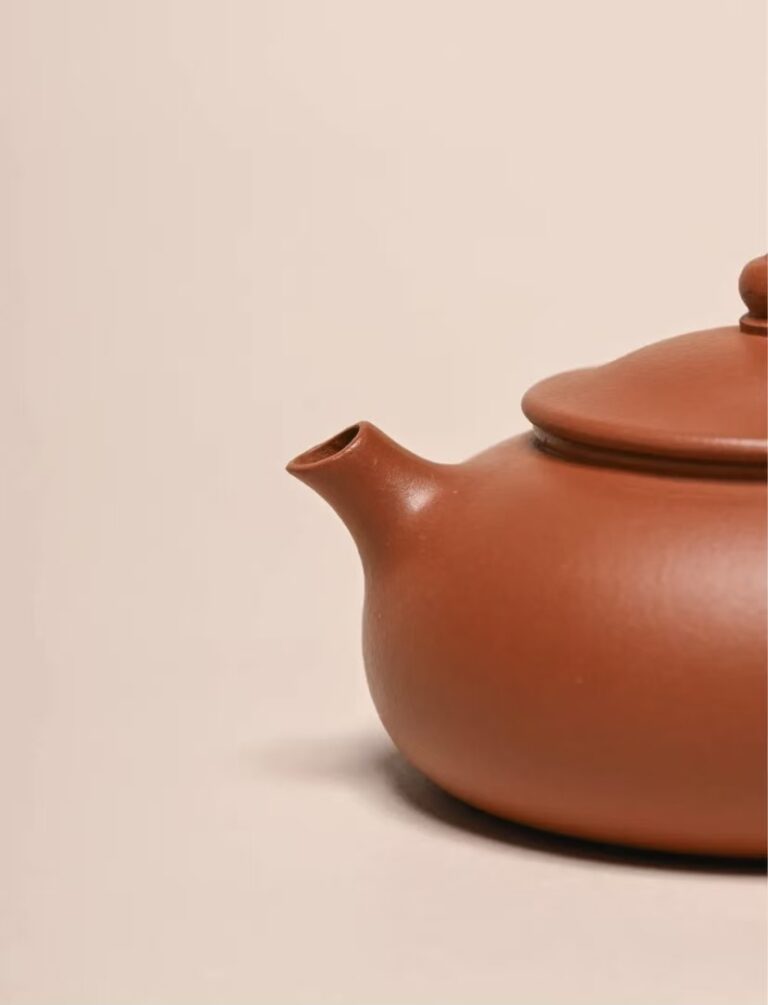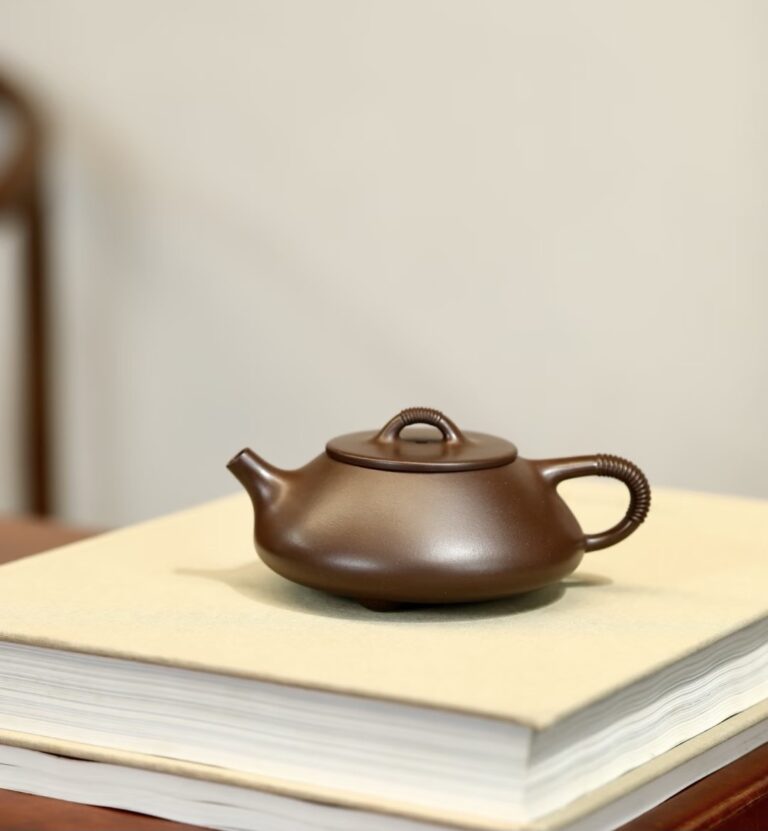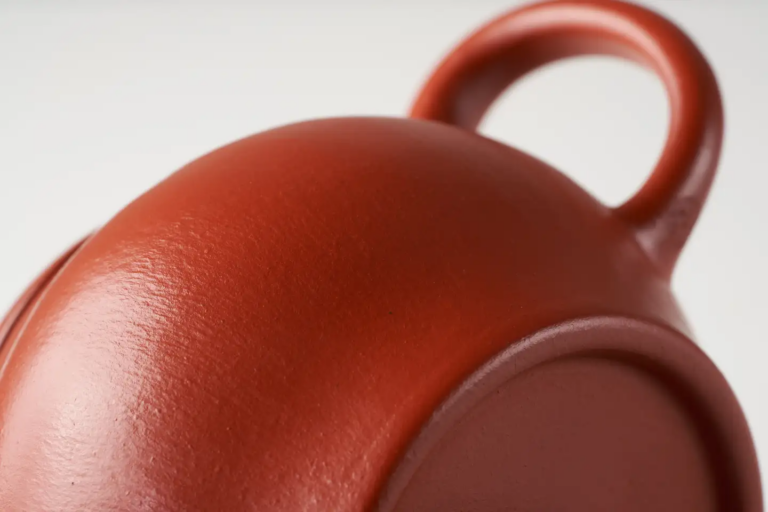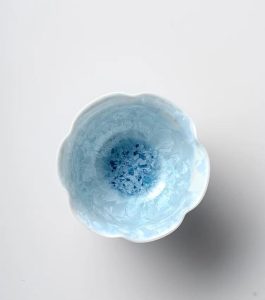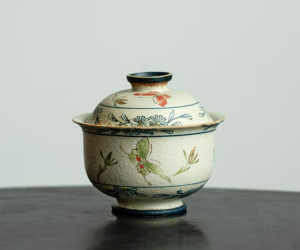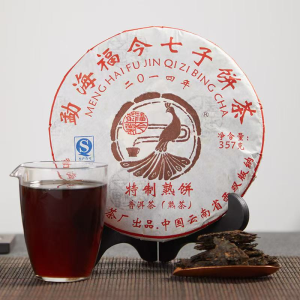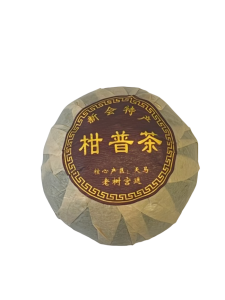The gaiwan, a lidded bowl made of three parts—lid, bowl, and saucer—has been at the heart of Chinese tea culture since the Ming dynasty. While its design remains rooted in tradition, today’s artisans are reimagining gaiwans with modern aesthetics. The result is a tea vessel that combines classic functionality with contemporary beauty, appealing to both serious tea drinkers and collectors.
This guide introduces what to consider when buying a gaiwan and highlights five modern yet traditional pieces that represent the perfect balance.
Why Choose a Gaiwan Today?
- Practical Brewing Tool – Easy to use, versatile for nearly all teas, and especially valued for oolong and pu erh.
- Cultural Heritage – The three-part structure symbolizes the Chinese philosophy of “heaven, earth, and humanity.”
- Modern Appeal – Unique glazes, patterns, and artistic shapes transform the gaiwan into more than a brewing tool—it becomes an object of art.
What to Look for in a Gaiwan
1. Material
Porcelain, ceramic, and special glaze finishes determine heat retention, flavor clarity, and overall aesthetic.
2. Size
- 100–120ml is classic and versatile—ideal for personal tea sessions.
- Larger sizes (150ml+) are better for sharing but harder to control.
3. Shape & Functionality
The traditional three-piece form ensures usability. Modern variations, such as high-foot bases or sculptural bowls, add visual appeal without losing function.
4. Aesthetic & Design
From crystalline glazes to hand-painted motifs, modern gaiwans are functional art that reflect personal taste and cultural continuity.
Five Featured Gaiwans Worth Considering
Here are five carefully selected gaiwans that embody tradition while showcasing modern artistry.
1. Zi Qiong Starry Sky High-Foot Gaiwan

With its elegant high-foot base and shimmering starry-sky glaze, this gaiwan blends classic Chinese form with a cosmic aesthetic. Perfect for collectors who appreciate both tradition and modern design.
2. Dopamine Sancai Gaiwan (120ml)

Featuring vivid Peach Blossom Cavern glaze, this piece bursts with energy and individuality. It carries the traditional three-part structure but expresses it in a vibrant, contemporary way.
3. Jiaotai Pattern Gaiwan

Made from mixed clays that create natural wood-like and cloud-like textures, every piece is one of a kind. Its smooth finish and tactile charm make it a favorite for those who value craftsmanship.
4. Blue Ice Crystal Gaiwan

Kiln-fired to achieve a striking crystalline glaze, this 100ml gaiwan is both functional and artistic. The shimmering surface reflects light beautifully, while the compact size makes it perfect for everyday tea brewing.
5. Gourd-Shaped Gradient Green Gaiwan

A creative twist on traditional form, this gaiwan features a gourd-inspired silhouette and a soothing gradient green glaze. Its 120ml size makes it practical for both personal use and gifting.
How to Choose the Right One for You
- For Collectors: Starry Sky High-Foot or Dopamine Sancai, thanks to their bold aesthetics.
- For Daily Brewing: Jiaotai Pattern or Blue Ice Crystal, offering both usability and beauty.
- For Gifts: The Gourd-Shaped Gradient Green gaiwan is a thoughtful balance of tradition and contemporary design.
Modern gaiwans prove that tradition and innovation can coexist beautifully. Whether you are looking for a daily tea companion, a collector’s piece, or a unique gift, these five curated designs offer the perfect balance of heritage and style.
👉 Discover our featured Gaiwan
FAQ
100–120ml is the most practical size—easy to handle and ideal for learning brewing techniques.
Yes. As long as the traditional three-part design is intact, modern gaiwans work just as well as classic ones.
Clay and textured ceramics retain heat better, enhancing the depth of pu erh.
Absolutely. The structure remains traditional, while design updates simply reflect evolving aesthetics.

